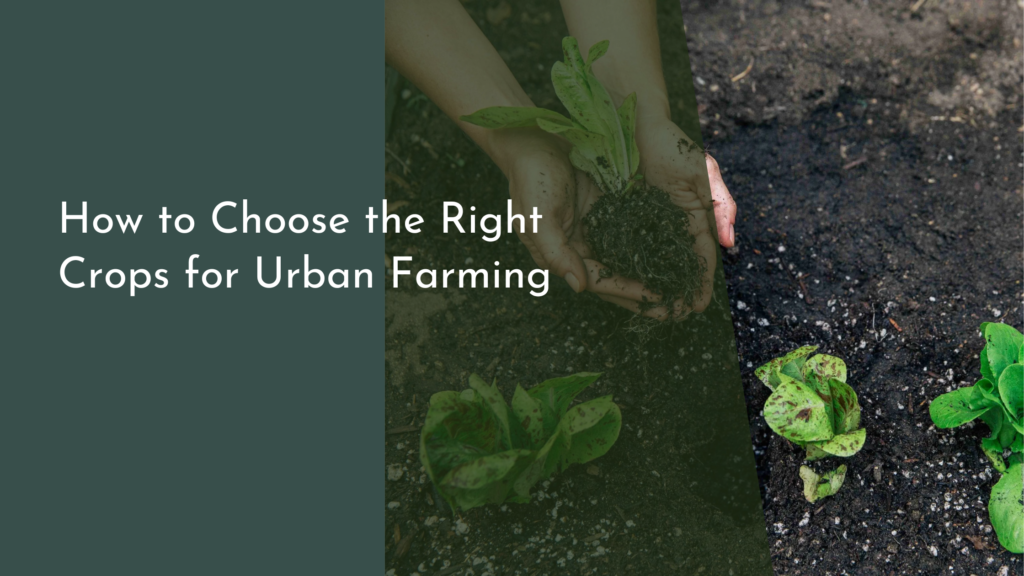Biodegradable Drones for Precision Reforestation
As the world grapples with the pressing issue of deforestation and its devastating effects on the environment, innovative solutions are emerging to combat this crisis. One such solution is the use of biodegradable drones for precision reforestation. These eco-friendly devices not only minimize the environmental footprint of reforestation efforts but also enhance the efficiency and effectiveness of planting trees. By harnessing technology in a sustainable way, we can pave the path towards a greener future.
The integration of biodegradable drones into reforestation efforts represents a remarkable convergence of technology and environmental stewardship. These drones are designed to carry seed pods and distribute them over deforested areas, ensuring that the right seeds are planted in the right places. This method not only speeds up the reforestation process but also allows for a more targeted approach, increasing the likelihood of successful growth. As we delve deeper into the benefits, mechanisms, and success stories surrounding biodegradable drones, it becomes clear that these innovative tools are poised to play a crucial role in restoring our planet’s green cover.
Exploring the Benefits of Biodegradable Drones in Reforestation
Biodegradable drones offer numerous benefits that make them an ideal choice for modern reforestation efforts. First and foremost, their eco-friendly design means that they leave no harmful waste behind. Unlike traditional drones, which can contribute to plastic pollution, biodegradable drones are made from natural materials that decompose over time, enriching the soil rather than harming it. This sustainable approach helps ensure that reforestation efforts do not inadvertently add to environmental challenges.
Additionally, these drones enhance efficiency in planting trees. They can cover large areas quickly and accurately, allowing for the planting of thousands of seeds in a fraction of the time it would take manual laborers. This efficiency is particularly crucial in regions that are difficult to access due to rough terrain or adverse weather conditions. By utilizing biodegradable drones, organizations can not only save time and resources but also maximize the impact of their reforestation initiatives, leading to healthier and more resilient ecosystems.
How Biodegradable Drones Work Their Magic in Nature
The operation of biodegradable drones is a fascinating blend of technology and nature. These drones are equipped with advanced mapping and GPS technology, enabling them to identify optimal planting sites based on factors such as soil quality, moisture levels, and existing vegetation. Once the drone is programmed with the necessary data, it takes flight and disperses seed pods containing native species that are well-suited to the local environment. This precision ensures that the seeds have the best chance of germination and growth.
Moreover, the seed pods themselves are designed to be biodegradable, often containing nutrients that support the seedlings as they begin to grow. This innovative approach not only facilitates the planting process but also fosters a nurturing environment for the young plants. As the pods decompose, they release essential nutrients into the soil, promoting healthy growth and increasing the chances of establishing a thriving forest. This synergy between technology and nature exemplifies how we can leverage modern advancements to restore and rejuvenate our planet.
Success Stories: Drones Transforming Reforestation Efforts
Around the globe, several organizations have successfully implemented biodegradable drones in their reforestation projects, showcasing the transformative potential of this technology. One notable example is the "DroneSeed" initiative in the United States, which has deployed drones to plant trees in areas devastated by wildfires. By using biodegradable seed pods, DroneSeed has been able to plant millions of trees in a short period, significantly accelerating the recovery of affected ecosystems.
Another inspiring success story comes from the "BioCarbon Engineering" project in Madagascar. This initiative utilizes biodegradable drones to plant native tree species across deforested regions, helping to restore biodiversity and combat climate change. The project has not only improved local ecosystems but has also engaged communities in reforestation efforts, fostering a sense of ownership and responsibility towards their environment. These success stories highlight the potential of biodegradable drones to revolutionize reforestation efforts and inspire similar initiatives worldwide.
The Future of Eco-Friendly Tech in Environmental Recovery
As the world continues to confront the challenges posed by climate change and environmental degradation, the future of eco-friendly technology looks promising. Biodegradable drones are just one example of how innovation can be harnessed to support environmental recovery. With ongoing advancements in drone technology, we can expect even more efficient and effective solutions to emerge, further enhancing our ability to restore ecosystems and combat deforestation.
Moreover, the integration of biodegradable drones into broader environmental strategies can inspire new collaborations among governments, NGOs, and private companies. By working together, these stakeholders can leverage technology to create comprehensive reforestation programs that not only focus on planting trees but also address the underlying causes of deforestation. The future holds exciting possibilities for eco-friendly tech, and biodegradable drones are leading the charge towards a greener, more sustainable planet.
In conclusion, biodegradable drones represent a groundbreaking advancement in the field of reforestation. By combining technology with sustainability, these innovative tools are transforming how we approach environmental recovery. As we continue to explore the potential of eco-friendly tech, it is essential to support and promote initiatives that prioritize the health of our planet. With every seed planted by these drones, we take one step closer to a brighter, greener future for generations to come.


